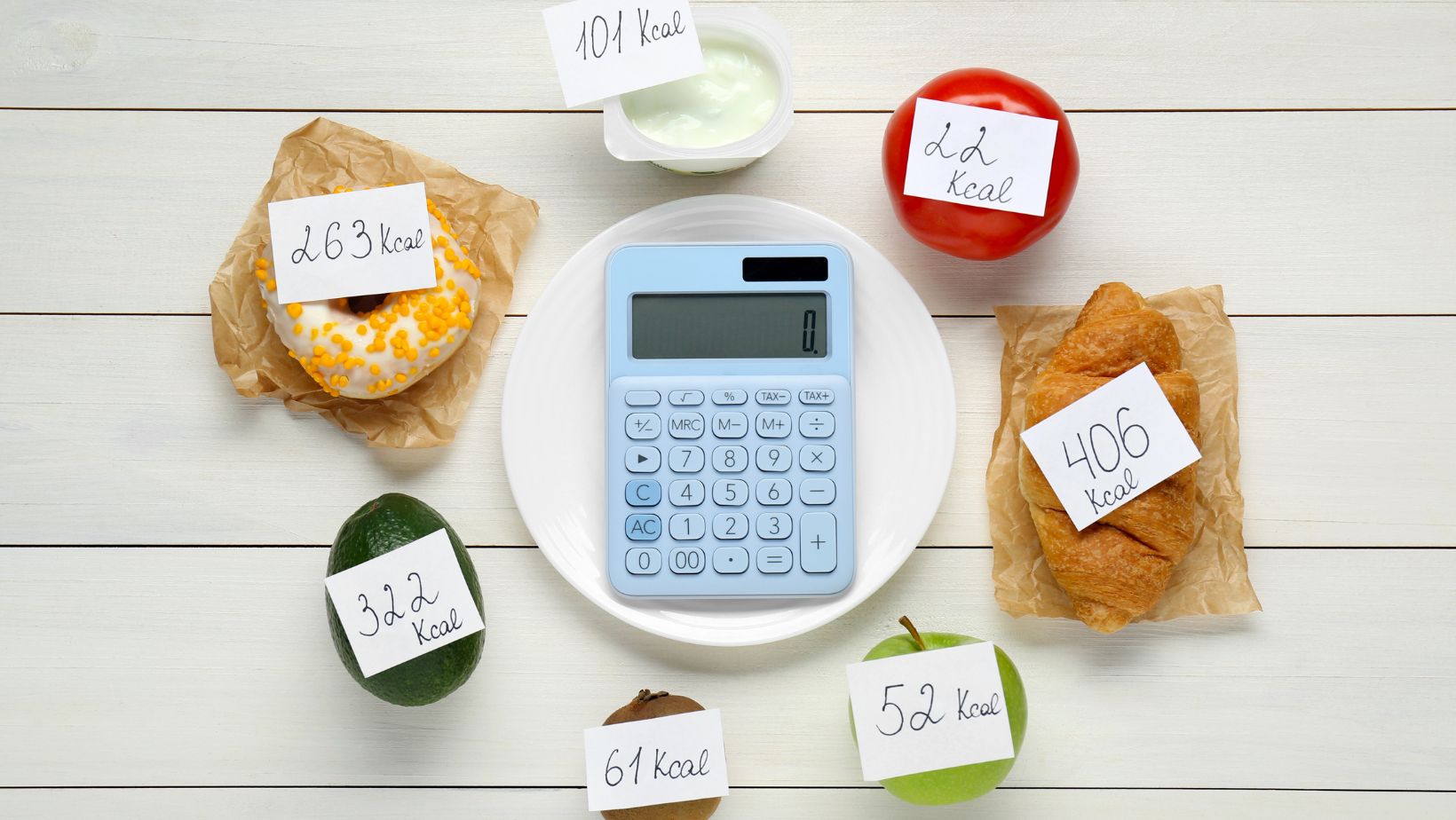When consumers calculate the value of a product, they take into consideration various factors that influence their purchasing decisions. From price and quality to brand reputation and customer reviews, these factors play a crucial role in determining the perceived value of a product. As a consumer myself, I understand the importance of making informed choices and finding the best value for my money. In this article, I will explore the key elements that consumers consider when evaluating the value of a product, and how businesses can leverage this knowledge to meet consumer expectations and drive sales.
Price is often the first factor that comes to mind when consumers assess the value of a product. However, it is important to note that value goes beyond just the price tag. Consumers also evaluate the quality and durability of a product, as well as its functionality and performance.
When Consumers Calculate the Value of A Product They
When consumers calculate the value of a product, they consider various factors that influence their perception. These factors go beyond just the price tag and play a crucial role in shaping their overall evaluation. Here are some key elements that affect the perceived value of a product:
1. Quality
The quality of a product is one of the primary factors that consumers consider when evaluating its value. Consumers want products that are well-made, reliable, and durable. A high-quality product not only meets their expectations but also provides long-term satisfaction, which adds to its perceived value.
2. Functionality
Consumers also consider how well a product performs its intended function. They look for products that are efficient, easy to use, and offer a seamless user experience. A product that meets their needs and enhances their daily life will be perceived as having a higher value.
3. Durability
The durability of a product is closely linked to its value. Consumers want products that can withstand regular use and last a long time without breaking or needing frequent repairs. A durable product not only saves them money in the long run but also gives them peace of mind, enhancing its perceived value.
4. Performance
The performance of a product refers to its ability to deliver the desired results or outcomes. Consumers expect products to perform as advertised and meet their expectations. If a product consistently performs well and exceeds their expectations, it will be perceived as having a higher value.
5. Brand Reputation
The reputation of a brand can significantly impact the perceived value of its products. Consumers trust brands that have a strong reputation for delivering high-quality, reliable products. A positive brand image can enhance the perceived value of a product, even if it comes at a higher price.
When consumers calculate the value of a product, they consider factors such as quality, functionality, durability, performance, and brand reputation.

Pricing Strategies to Consider
When it comes to determining the value of a product, pricing plays a crucial role. Businesses need to carefully consider their pricing strategies to ensure they meet consumer expectations and drive sales. Here are a few key pricing strategies to consider:
- Penetration Pricing: This strategy involves setting a lower initial price for a new product to attract customers and gain market share. By offering a competitive price, businesses can entice consumers to try their product and potentially build brand loyalty.
- Premium Pricing: On the other end of the spectrum, businesses can opt for premium pricing to position their product as a high-quality, luxury item. This strategy relies on emphasizing the exclusivity and superior features of the product to justify a higher price point.
- Value-based Pricing: Rather than solely focusing on cost or competition, value-based pricing takes into account the perceived value of the product to customers. By aligning the price with the perceived benefits and value that the product offers, businesses can effectively communicate its worth to consumers.
- Psychological Pricing: This strategy leverages the psychology of pricing to influence consumer perception. For example, setting the price at $9.99 instead of $10 can create the perception of a lower price, even though the difference is minimal. This technique can make the product appear more affordable and increase its perceived value.
- Discount Pricing: Offering discounts, promotions, or bundling options can be an effective strategy to attract price-sensitive consumers and increase sales volume. By providing temporary price reductions or incentives, businesses can create a sense of urgency and encourage consumers to make a purchase.
By carefully selecting and implementing the right pricing strategy, businesses can effectively communicate the value of their product to consumers. However, it’s important to regularly evaluate and adjust pricing strategies based on market dynamics, competition, and customer feedback to remain competitive and meet consumer expectations.


